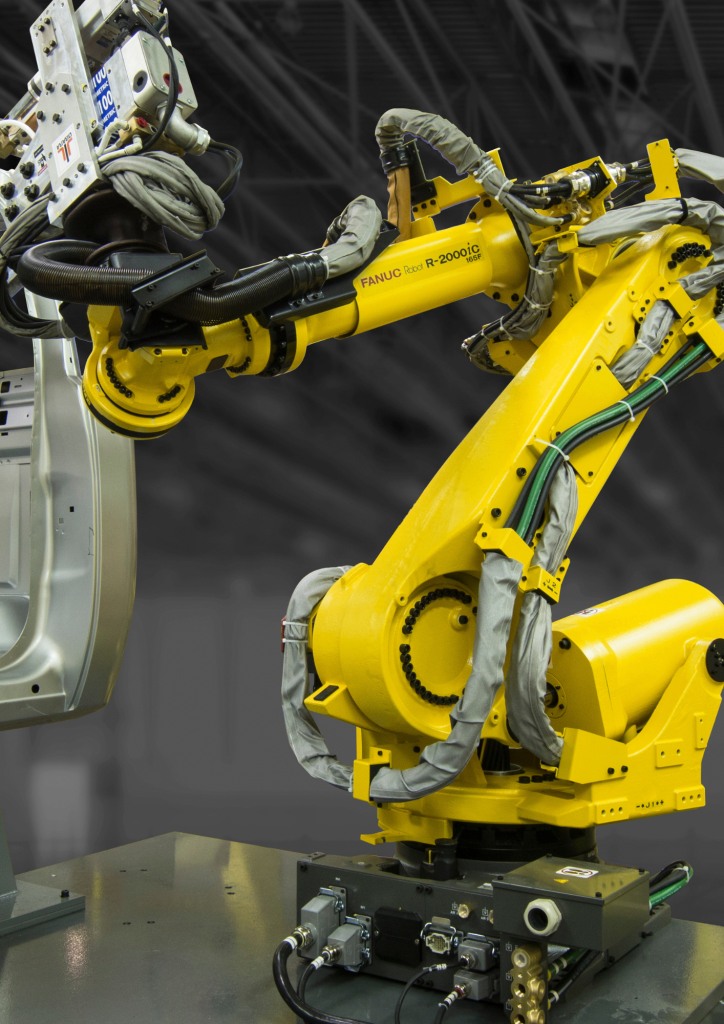In the midst of modern manufacturing, robot arms are revolutionizing the rules of production, mixing safety, precision, and efficiency in ways that were once impossible to imagine. These mechanical marvels – often called robot arms become indispensable to businesses across the globe, due to the urgent necessity to reduce operating costs without compromising on quality. Robotic arms are now integrated into production lines to cut cost and increase safety. We’ll investigate how these groundbreaking robots are changing the face of industry.
Cost-effectiveness is driving the introduction of robotic arms worldwide. Factory owners are under constant stress to prevent workplace injuries, limit production mistakes, and minimize the amount of waste. Robotic arms are designed to tackle these problems. Robot arms are more accurate than human beings when performing repetitive tasks, thus reducing costs and avoiding costly errors. For instance, in large-scale industries such as automotive manufacturing arms perform precise welding and parts placement making sure that the assembly is perfect each time. This accuracy translates into substantial savings as less defective products means less work and wasted.

Image credit: automatedsolutions.com.au
The security of robotic arms is an important aspect. A variety of manufacturing tasks like handling dangerous materials or operating heavy machinery pose significant risks to human workers. Robot arms allow companies to remove their employees from dangerous environments and reduce injuries in the workplace. Robot arms, created as a kinematic chain of moving joints, mimics the capabilities of a human arm, but is not at the risk of physical harm. Equipped with programmable end effectors essentially robotic hands These machines are able to perform tasks like grabbing, spinning or welding under conditions that are hazardous for humans.
Robot arms’ versatility is a game changer for many industries. Robots can be used for a variety of tasks. From automotive assembly to electronic production. The programming capabilities of these robotic arms allows them to execute complicated operations such as painting or applying fiberglass at an unmatched degree of precision. Robotic arms have transformed the process of palletizing in warehouses, allowing it to be automated with speed and precision. Automation not only improves efficiency, but also reliability as robot arms can be productive without fatigue.
The development of cobots (collaborative robots) that work with human employees is one of the most exciting innovations in the field. As opposed to traditional industrial machines that are limited to isolated cells, the cobots that are equipped with robotic arms have been designed for a safe, seamless interplay with humans. Cobots that are equipped with robotic arms can be used to complete difficult or repetitive lifting tasks in a factory and allow human workers to focus on more challenging responsibilities. The cobots will stop or change their movement in the event that they spot a worker in the vicinity.
The significance of robotic arms extends beyond efficiency and safety to the structure of manufacturing today. Their ability to perform tasks such as welding or assembly, as well as material handling with high accuracy is what makes them essential in high-stakes industries. For example, in automotive manufacturing, a robotic arm is able to rotate and move components during assembly, ensuring flawless alignment, without the intervention of humans. Similarly, in electronics, robot arms handle delicate components with care, reducing damage and improving output quality.
As industries continue to grow with the advancement of technology, the need for robotic arms will continue to grow. Their capability to reduce costs, enhance safety, and adjust to different tasks make them an integral part of the future of manufacturing. By combining cutting-edge technology with human ingenuity, robot arms are more than instruments. They’re partners who drive the pace of innovation and are changing how we construct our world.